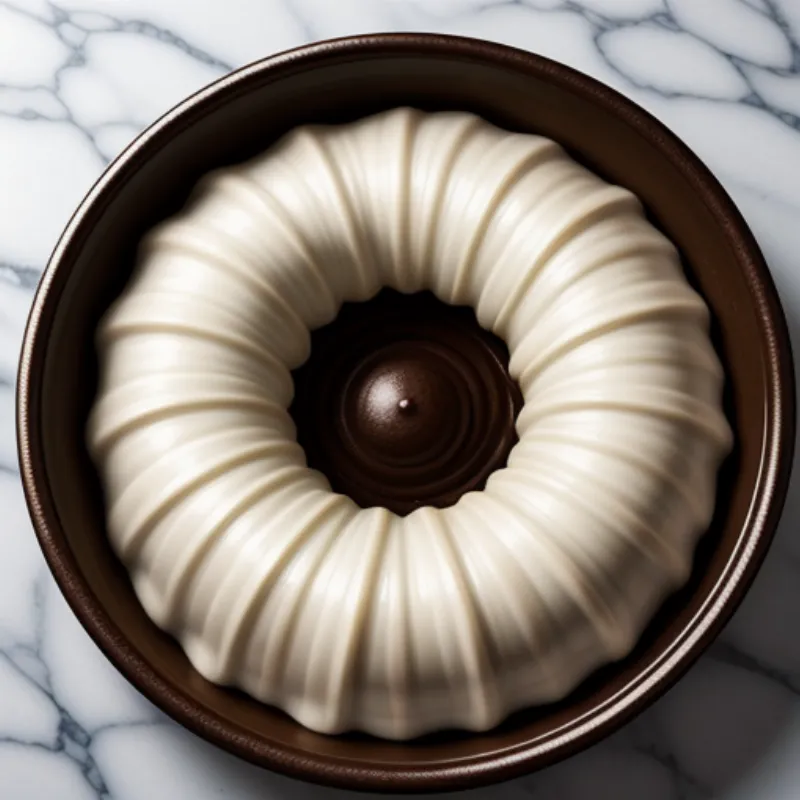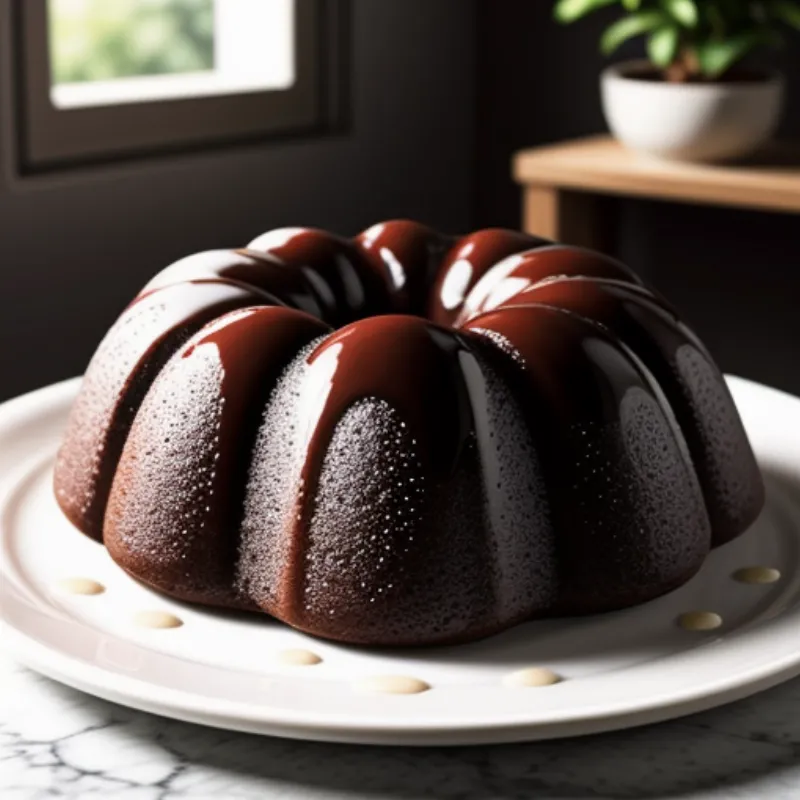The bundt cake. Its very name evokes images of elegant gatherings, afternoon tea parties, and comforting home-baked treats. This delicious cake, with its distinctive ring shape and intricate designs, might seem intimidating to bake. But let me assure you, with this easy-to-follow guide, you’ll be pulling a perfect bundt cake out of the oven in no time.
What Makes Bundt Cake So Special?
Bundt cakes are known for their moist, tender crumb and rich flavor. The secret lies not only in the ingredients but also in the unique pan. The fluted sides and central tube allow for even heat distribution, resulting in a cake that’s cooked to perfection. Plus, the intricate design of the pan creates a stunning presentation, making it perfect for any occasion.
Ingredients You’ll Need
To create your own masterpiece, gather the following ingredients:
- 2 1/2 cups (300g) all-purpose flour
- 1 teaspoon baking powder
- 1/2 teaspoon baking soda
- 1/4 teaspoon salt
- 1 cup (2 sticks) unsalted butter, softened
- 2 cups (400g) granulated sugar
- 4 large eggs
- 1 cup (240ml) buttermilk
- 1 teaspoon vanilla extract
Optional Glaze:
- 1 cup (120g) powdered sugar
- 2-3 tablespoons milk
- 1/4 teaspoon vanilla extract
Equipment You’ll Need
Having the right tools on hand makes the baking process smoother:
- 10-cup Bundt pan
- Mixing bowls
- Electric mixer
- Measuring cups and spoons
- Rubber spatula
- Wire rack
Let’s Get Baking!
Now that you have everything ready, let’s dive into the step-by-step process:
Step 1: Preparing the Bundt Pan
Generously grease and flour your Bundt pan. This step is crucial to prevent the cake from sticking and ensure a clean release.
Pro Tip: Use a pastry brush to evenly distribute the butter or shortening, reaching all the nooks and crannies of the pan.
Step 2: Combining the Dry Ingredients
In a large bowl, whisk together the flour, baking powder, baking soda, and salt. Set aside.
Step 3: Creaming the Butter and Sugar
In another large bowl, cream together the softened butter and sugar using an electric mixer until light and fluffy. This will take about 3-5 minutes.
Step 4: Adding the Eggs
Beat in the eggs one at a time, mixing well after each addition. Scrape down the sides and bottom of the bowl as needed to ensure everything is well combined.
Step 5: Alternating the Wet and Dry Ingredients
Gradually add the dry ingredients to the wet ingredients in three additions, alternating with the buttermilk in two additions. Begin and end with the dry ingredients. Mix until just combined, being careful not to overmix.
Step 6: Adding the Vanilla Extract
Stir in the vanilla extract. The batter should be smooth and free of any lumps.
Step 7: Filling the Bundt Pan
Pour the batter into the prepared Bundt pan, spreading it evenly. Gently tap the pan on the counter a few times to release any large air bubbles.
Step 8: Baking the Cake
Bake in a preheated oven at 350°F (175°C) for 40-50 minutes, or until a wooden skewer inserted into the center comes out clean.
Pro Tip: To prevent over-browning, you can loosely cover the cake with aluminum foil during the last 15-20 minutes of baking.
Step 9: Cooling and Unmolding
Once baked, allow the cake to cool in the pan for 10-15 minutes. Then, carefully invert it onto a wire rack to cool completely before glazing.
Step 10: Making the Glaze (Optional)
While the cake is cooling, prepare the glaze. Whisk together the powdered sugar, milk, and vanilla extract until smooth and pourable. Adjust the consistency by adding more milk or powdered sugar as needed.
Step 11: Glazing and Serving
Once the cake has cooled completely, drizzle the glaze over the top, allowing it to cascade down the sides. You can also get creative and decorate with sprinkles, chopped nuts, or fresh fruit.
 Bundt cake in a pan
Bundt cake in a pan
FAQs About Making Bundt Cake
Q: Can I use a different type of pan if I don’t have a Bundt pan?
A: While a Bundt pan is recommended for the best results, you can try using a 10-inch tube pan or a 9×13 inch baking pan as substitutes. Adjust the baking time accordingly.
Q: How do I prevent my Bundt cake from sticking to the pan?
A: Greasing and flouring the pan thoroughly is key. Make sure to reach all the crevices, especially the center tube. You can also use a baking spray that contains flour for added insurance.
Q: Can I add other ingredients to my Bundt cake batter?
A: Absolutely! Bundt cakes are incredibly versatile. You can incorporate flavors like citrus zest, chocolate chips, or spices into the batter. You can even swirl in jams or fillings for added texture and taste.
 Glazed bundt cake
Glazed bundt cake
Exploring More Bundt Cake Delights
If this recipe has ignited your passion for Bundt cakes, be sure to check out these other delectable variations:
- Hummingbird Bundt Cake: A tropical delight bursting with pineapple, banana, and pecans. (Link: https://familycuisine.net/how-to-make-hummingbird-bundt-cake/)
- Marble Bundt Cake: A visually stunning treat with swirls of vanilla and chocolate batter. (Link: https://familycuisine.net/how-to-make-marble-bundt-cake/)
- Pistachio Bundt Cake: Indulge in the unique flavor and vibrant green hue of this nutty Bundt cake. (Link: https://familycuisine.net/how-to-make-pistachio-bundt-cake/)
Conclusion
Making a Bundt cake is easier than you think, and the results are simply spectacular. So why not gather your ingredients and embark on this baking adventure? You’ll be amazed at the delicious masterpiece you can create. Don’t forget to share your baking triumphs with us in the comments below!
